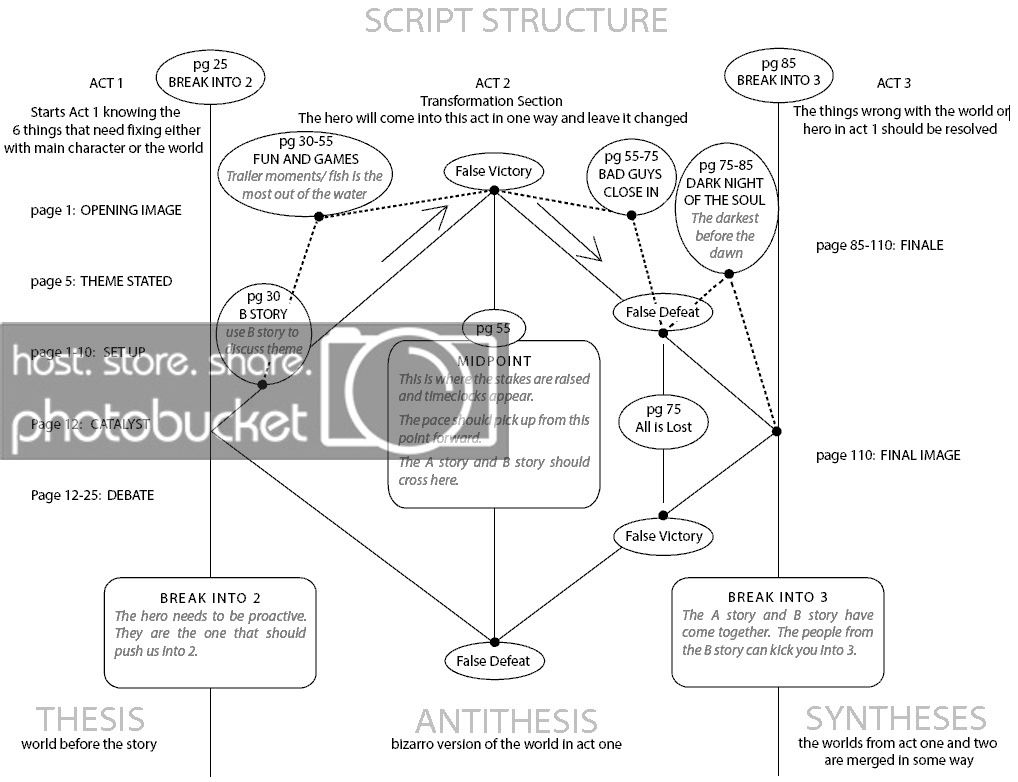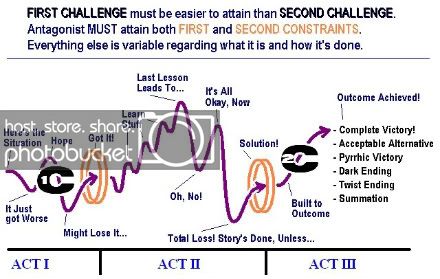Just a random thought I felt like sharing.
This isn't exactly a revelation, but when I was watching "Inglorious Basterds" for the first time, it struck me that Tarantino doesn't necessarily make a 90-minute film, as he does make 6 15-minute shorts. Of course they're all related to each other to tell a larger overall story, but it's important that each short story is self-encapsulated, and can totally function on it's own.
Yeah, yeah, I know I'm just stating the obvious. That's not my main point. My main point is something I realized as I thought about it a little more. So, this multiple short-story structure is obvious with Tarantino movies because he labels them with chapter cards. But it's definitely not unique to him. The more I thought about it, the more I realized that SO MANY of my favorite movies have the exact same structure.
Yeah, the overall movie has it's three acts, but you could easily break the movie down into a number of shorter pieces, each of which has it's own three acts. Anyway, that's definitely something I plan to keep at the forefront of my mind, as I write my next feature.
Your thoughts? Am I just stating the obvious here? Any room for disagreement?
This isn't exactly a revelation, but when I was watching "Inglorious Basterds" for the first time, it struck me that Tarantino doesn't necessarily make a 90-minute film, as he does make 6 15-minute shorts. Of course they're all related to each other to tell a larger overall story, but it's important that each short story is self-encapsulated, and can totally function on it's own.
Yeah, yeah, I know I'm just stating the obvious. That's not my main point. My main point is something I realized as I thought about it a little more. So, this multiple short-story structure is obvious with Tarantino movies because he labels them with chapter cards. But it's definitely not unique to him. The more I thought about it, the more I realized that SO MANY of my favorite movies have the exact same structure.
Yeah, the overall movie has it's three acts, but you could easily break the movie down into a number of shorter pieces, each of which has it's own three acts. Anyway, that's definitely something I plan to keep at the forefront of my mind, as I write my next feature.
Your thoughts? Am I just stating the obvious here? Any room for disagreement?








